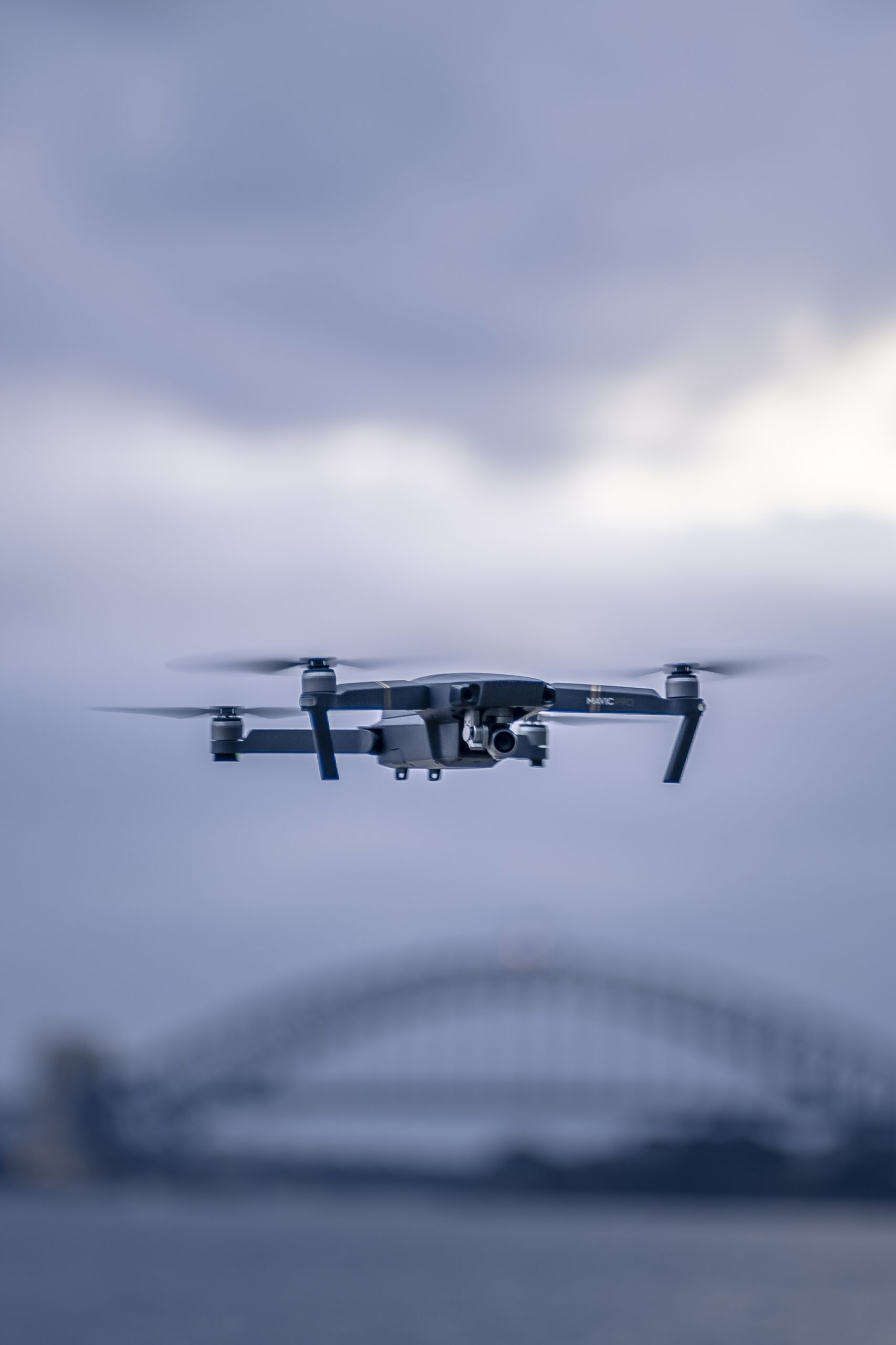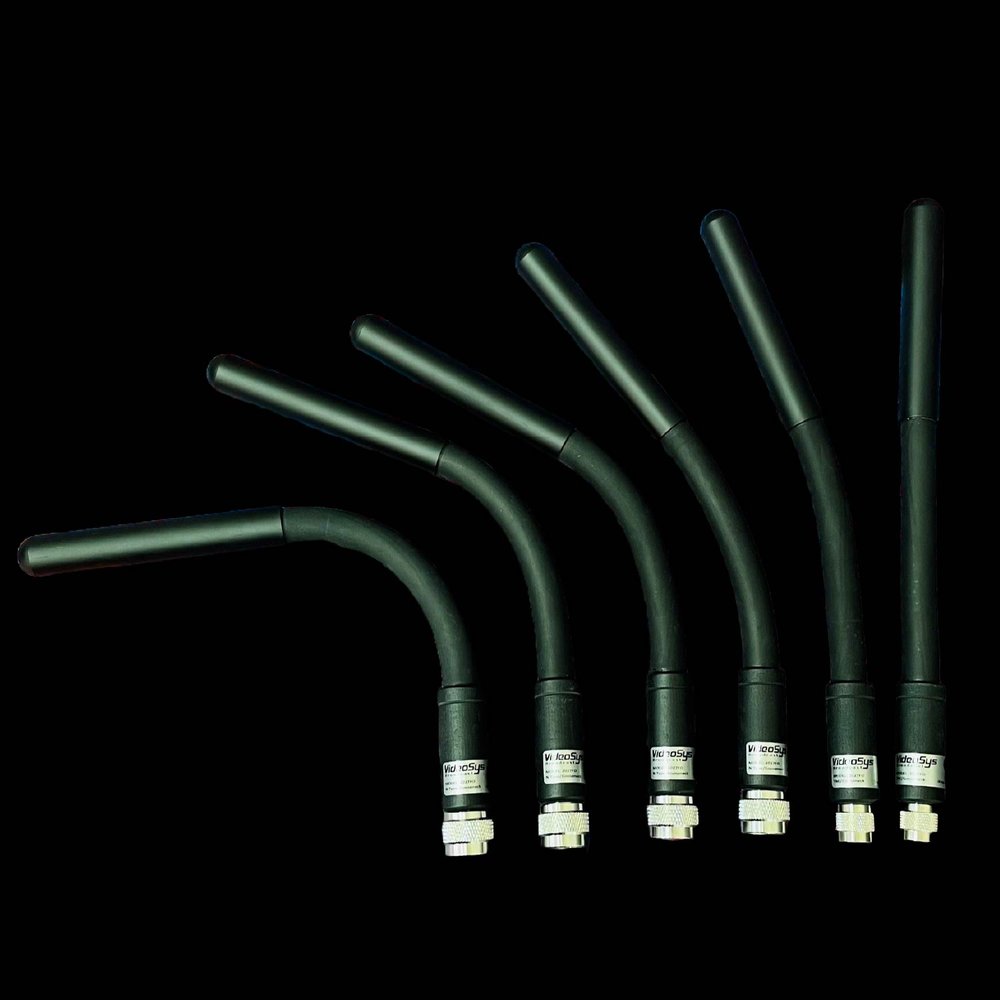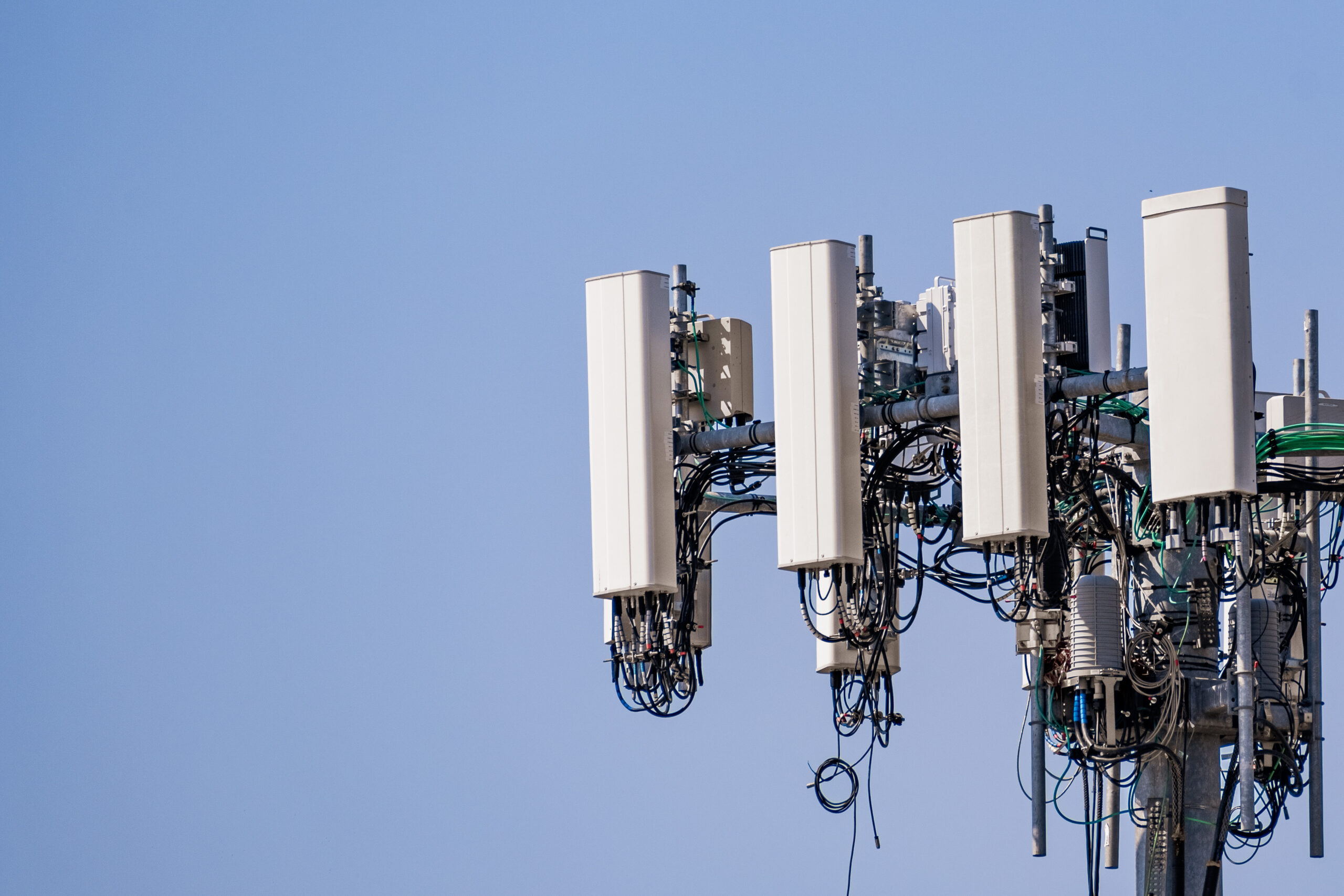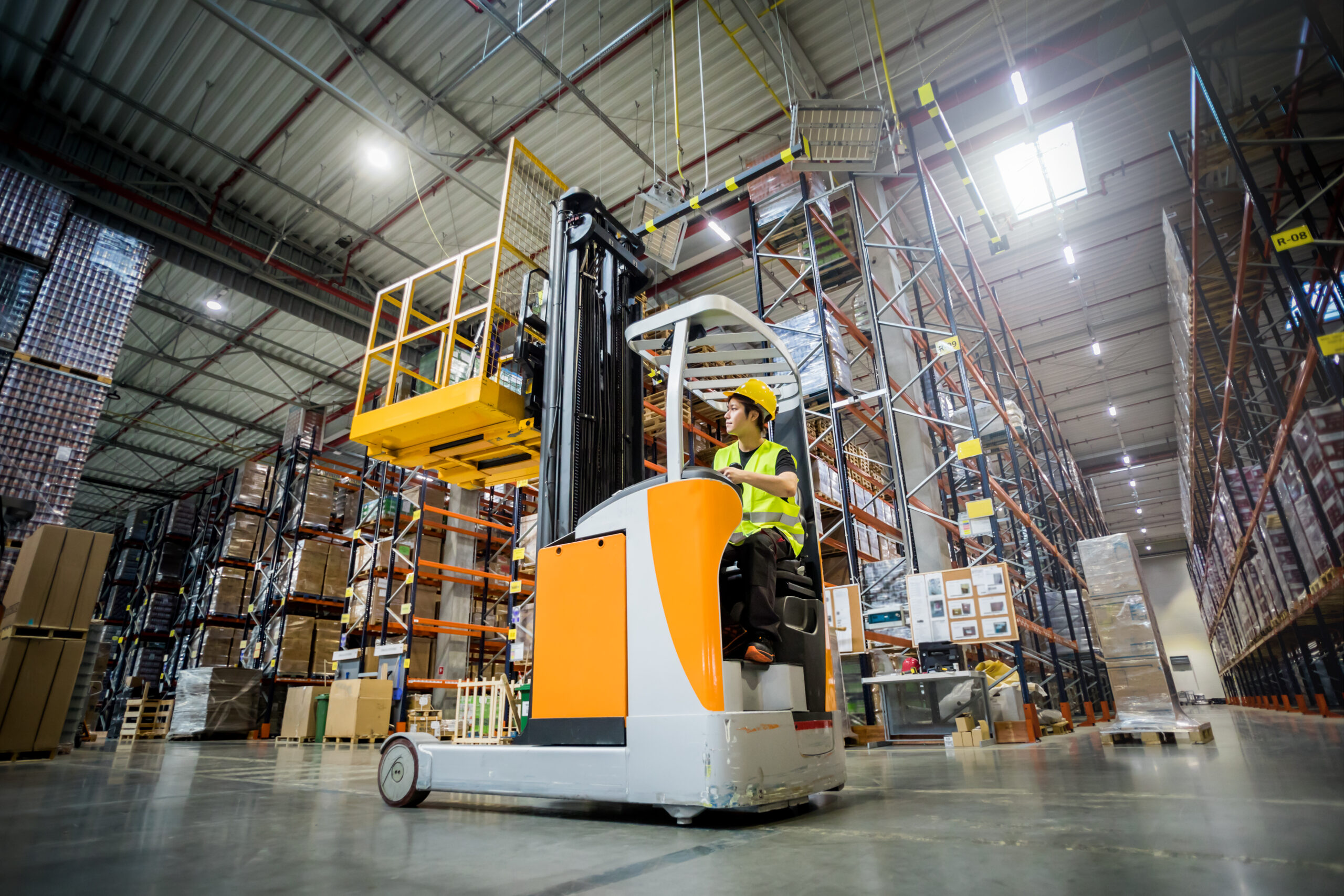Elliptical Polarized Antennas in Drone Technology
The rapid development of drone technology has created the need for reliable, high-performance communication systems. Among the most critical components of these systems are antennas, which transmit and receive signals that control the drone, relay real-time data, and manage video streaming. In this context, elliptical polarized antennas have emerged as an innovative solution, providing unique benefits for drone applications. But what exactly are elliptical polarized antennas, and how do they enhance drone performance?
What is Elliptical Polarization?
Polarization describes the orientation of the electric field of an electromagnetic wave, and antennas can be designed with different polarization modes. While linear polarization (horizontal or vertical) and circular polarization are more commonly discussed, elliptical polarization is a hybrid between the two. In an elliptically polarized antenna, the electric field describes an elliptical motion rather than a linear or circular path. This allows for a broader range of signal orientations and greater versatility in transmission and reception.
The major benefit of elliptical polarization is that it offers some of the advantages of both linear and circular polarizations. Linear antennas can sometimes lose signal strength when there is a mismatch in orientation between the transmitting and receiving antennas. Circular polarization can resolve this issue but is often more complex and costly to implement. Elliptical polarization strikes a balance, reducing orientation sensitivity while being less complex than full circular polarization.
Why Use Elliptical Polarized Antennas on Drones?
- Reduced Signal Loss from Mismatched Orientation
Drones operate in dynamic environments where orientation can change frequently and unpredictably. With traditional linear-polarized antennas, a signal mismatch can occur due to changing angles, leading to signal degradation or even loss. An elliptically polarized antenna mitigates this issue by allowing some degree of flexibility in signal orientation, making it well-suited for drones that may bank, tilt, or rotate in flight. - Improved Range and Signal Integrity
The dual-axis nature of elliptical polarization improves signal strength over longer ranges and helps maintain integrity even when obstacles partially obstruct the line of sight. This is particularly important for drones that rely on stable connections over wide distances, such as in surveying, mapping, and search-and-rescue missions. Elliptical polarization ensures better signal consistency, which is critical for both control commands and video feed stability. - Minimized Interference
With more drones sharing the same airspace, interference is a growing concern. Elliptical polarized antennas, with their unique polarization pattern, can reduce cross-talk with other antennas of different polarizations. This selective interaction helps prevent signal interference, improving communication reliability in congested environments, such as drone races or drone-heavy work sites. - Compatibility with Multipath Environments
In urban areas, reflective surfaces can create multipath interference, where the signal reflects off surfaces like buildings before reaching the receiver. This phenomenon can degrade signal quality, but elliptical polarization has shown to be more resistant to these reflections, maintaining a more robust connection. Drones operating in cities or near large structures can thus benefit from more consistent performance with elliptical polarized antennas.
Applications of Elliptical Polarized Antennas in Drones
Elliptical polarized antennas are increasingly being used in both commercial and recreational drones. Some prominent applications include:
- Surveillance and Security: Drones deployed for surveillance often need to maintain a stable signal over wide areas with various obstacles. The flexibility of elliptical polarization helps maintain reliable connectivity in these dynamic conditions.
- Agriculture: Agricultural drones fly over vast, open areas and may require extended range. Elliptically polarized antennas offer enhanced range while being less sensitive to orientation changes, which is ideal for mapping and monitoring tasks.
- Public Safety: Search-and-rescue drones or those used by emergency services need robust connections in diverse terrains. Elliptical polarization helps avoid interference from natural obstacles, ensuring better range and control for mission-critical operations.
- Drone Racing and FPV (First-Person View): In competitive or recreational drone racing, pilots require fast, real-time video feeds. The minimized interference and signal resilience offered by elliptical polarized antennas allow pilots to get a clearer view and avoid interference from other competitors’ equipment.
Considerations and Future Prospects
Although elliptical polarized antennas offer many benefits, they are not without challenges. Designing and manufacturing these antennas with precision can be costlier compared to simpler linear options. However, as demand grows and technology advances, production costs are likely to decrease, making them more accessible.
The increasing integration of drones in various industries means that communication reliability will continue to be paramount. With their blend of versatility, interference resistance, and range capabilities, elliptical polarized antennas are poised to become a staple in drone technology.
Conclusion
As drones become more sophisticated, so too must the technology that enables their operation. Elliptical polarized antennas provide a balanced solution for enhancing signal integrity, reducing interference, and improving range, making them an ideal choice for various drone applications. By understanding and adopting this antenna technology, drone operators and enthusiasts can enjoy more reliable and efficient flight experiences, even in challenging environments.
The future of drones will undoubtedly include continued innovations in antenna technology, and elliptical polarization is a significant step in the right direction.







